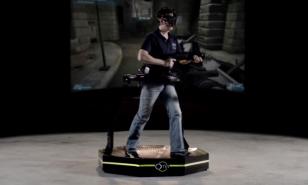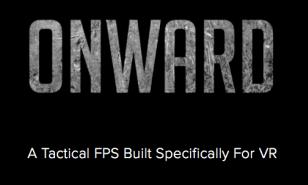5 Things to Know Before Buying the Oculus Rift
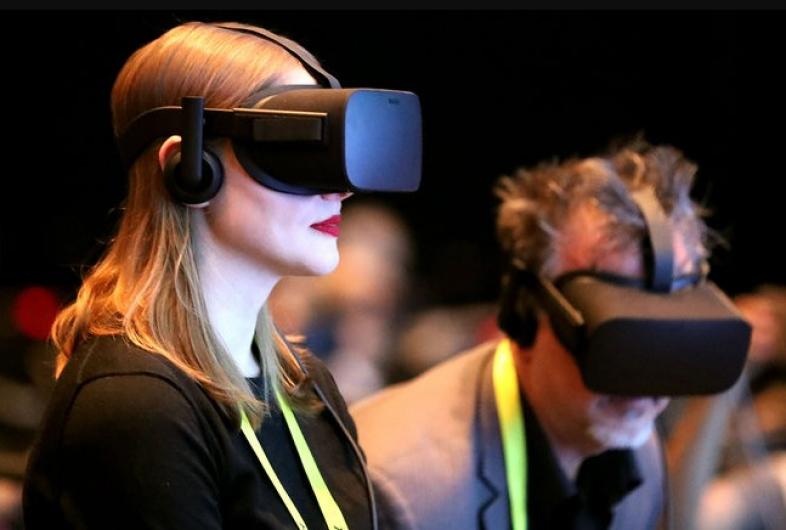
In the years between the early 90’s VR craze and the announcement of the Oculus Rift Kickstarter in 2012, there was very little consumer VR activity. Most VR research and development was focused on enterprise, government, and academic markets. Palmer Lucky, the founder of Oculus, changed all that. He showed the world that the technology existed for viable consumer VR. It took 4 years and an acquisition by Facebook to release the Rift to the public, but the wait was worth it for the gamers and early adopters who purchased it. If you are contemplating buying one as well, it would be wise to know a few things to help inform your decision. These are the top 5 things to consider before making the leap into the Rift.
5. What do you want out of your VR system?
The Oculus family of VR systems is about to add new members. Depending on what you plan on doing, one system may be a better fit than another for your needs. We will explore three use cases and give a recommendation for each.
The Hardcore Gamer: Oculus Rift
- Demands the highest resolution graphics and largest game catalog
- Wants the most immersive system
- Has a high budget
The Casual Gamer: Oculus Go stand-alone system
- Plays some games that aren’t too graphically intense
- Also enjoys 360 video and educational content
- Doesn’t have the budget for a high-end PC and VR system
The Smartphone Owner on a Low Budget: Oculus-Powered Samsung Gear VR
- Owns a compatible Samsung phone
- Likes the idea of dabbling in VR but not fully committed
- Plays most games and apps on the phone
4. Back to the Budget
While the Rift experienced a price drop to 399 dollars, the cost of the PC that is required is something that needs to be considered as well. If you already own a compatible gaming PC then it’s a much easier decision. If you don’t, and you need to buy or build one, the decision becomes a bit tougher. Here are the minimum specs:
- NVIDIA GTX 1050Ti or AMD Radeon RX 470
- Intel i3-6100 or AMD Ryzen 3 1200, FX4350
- 8 GB RAM
- HDMI 1.3 video output
- 1 x USB 3.0 port, plus 2 x USB 2.0 ports
- Windows 8.1 or newer
Keep in mind these are the bare minimum specs. To get the most out of the Rift with minimal chance of lag, the CPU and graphics card needs to be better. Graphics cards are selling at prices well above MSRP at the moment because of the cryptocurrency craze, so upgrading or building a system will cost even more. If you already own a gaming PC and you want to make sure your system is “VR Ready”, Oculus has a tool to check your system. You can get it here.
3. Newer Generation Systems Coming Soon
If you have to money and desire to invest in a high-end VR system, it would be wise to wait until the next generation of hardware goes on sale. While the Rift is a solid investment, you may not want to buy everything and then regret the purchase when you see your friends with newer systems that are much improved. Oculus is releasing their Go system soon and their more ambitious Santa Cruz system will be in the hands of developers before the end of the year. Both the Go and Santa Cruz are stand-alone systems. The Go is designed for lighter games and lacks positional tracking while Santa Cruz is a stand-alone system that includes inside-out positional tracking meaning there are no external cameras or sensors necessary to track movement. HTC and others are releasing next generation VR systems soon as well.
It is important to note that Oculus hasn’t announced an upgraded Rift system, so if that system is appealing to you then there’s no better time to buy than now with its price reduction.
2. Wires and More Wires
The current generation of high-end VR systems from Oculus and HTC both require a lot of wiring. The wires are there to guarantee maximum data transfer rates that keep lag from interrupting the experience. The wires can be a hassle though. If you are planning on operating the Rift in a room-scale setup, be aware that you will likely get tangled in cords frequently. The fun that room-scale provides makes the wiring entirely worth it though. If that is an issue for you, it may be best to explore the newer alternatives that are wireless.
1. Oculus Constellation Tracking Issues
Oculus Rift was initially launched as a fantastic sit-down device. It came with an Xbox controller to move around your environments with head tracking measured by a single camera sensor. HTC and their room-scale VIVE system created competition in the VR market and Oculus had to adapt. They eventually released their Touch controllers and made room-scale VR an option. To enable room-scale, one needed to purchase two additional external cameras to create a decent size play area.
When room-scale support first launched for the Rift, it was billed as experimental by the company. This was for good reason. Many users found it to be unstable and a bit glitchy. Tech reviewers universally believed the lack of viable room-scale from the start was a big mistake for the company. The situation did improve, however. With software updates the tracking has become more stable and reliable. The major remaining issue is the small play area. Oculus Constellation tracking is only designed to max out at 64 square feet with three sensors, which isn’t much when compared to the VIVE’s 225 square feet capability. If you don’t have or need a large play area, this may not matter.
The Rift is a fantastic first-generation system and Oculus deserves a ton of credit for creating demand for consumer VR. The lower price point for their Rift system is a much lower barrier for entry than it was before. If it fits your needs after knowing and understanding the pros and cons of the system, it is an easy one to recommend.
- Log in or register to post comments
 Home
Home PC Game Trailers
PC Game Trailers News
News Menu
Menu


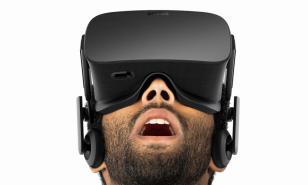
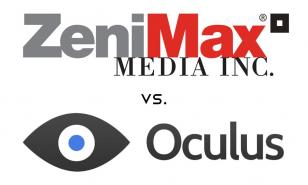

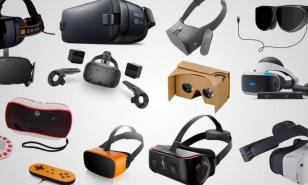

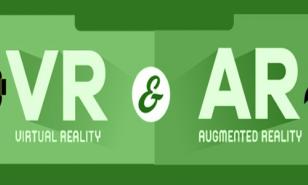


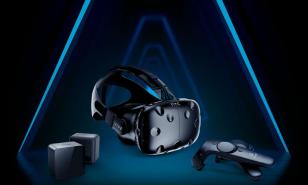

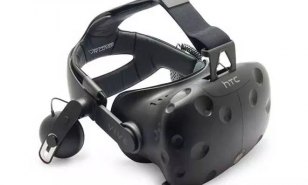
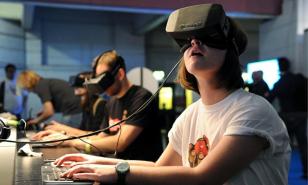
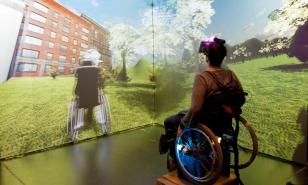
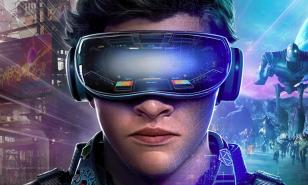
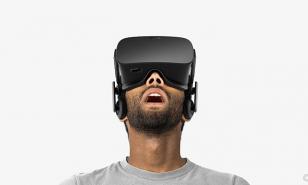

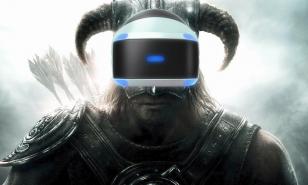

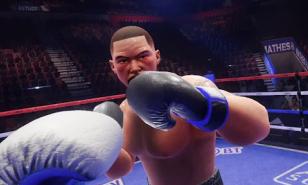
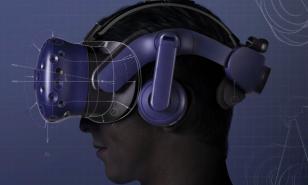


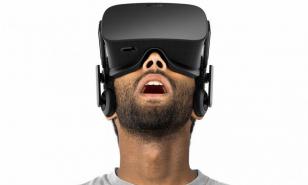


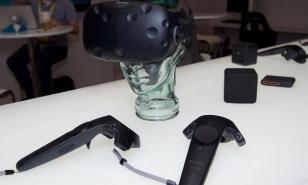

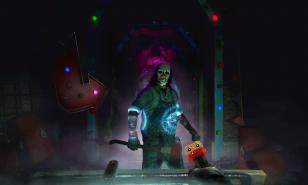


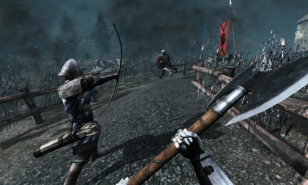


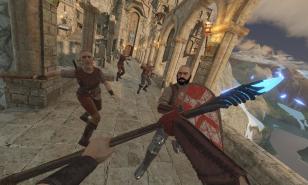


![[Top 15] Best Horror VR Games Of All Time New Horror Games, Horror Games, VR Games, VR Horror Games, VR Horror, Horror](https://www.gamersdecide.com/sites/default/files/styles/308x185-scale-crop--more-top-stories/public/pfp_1.jpg)
